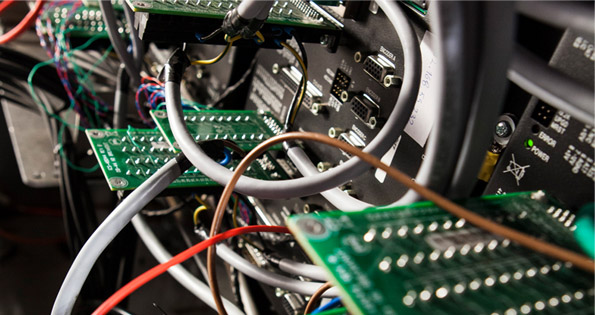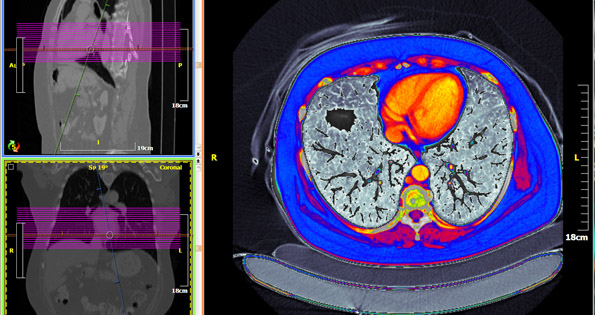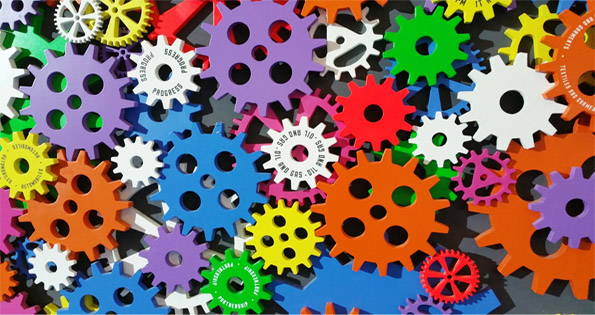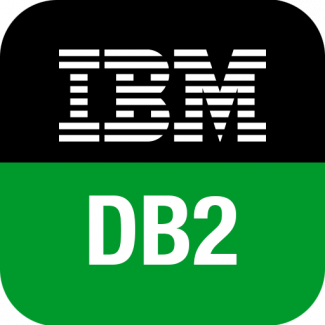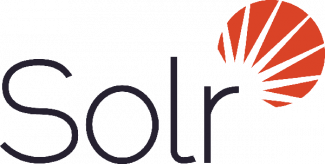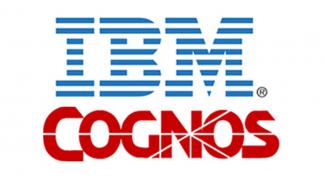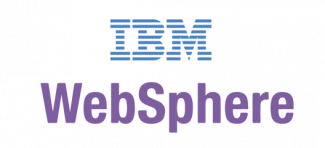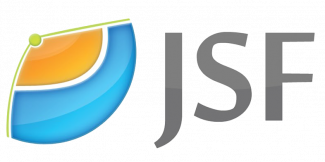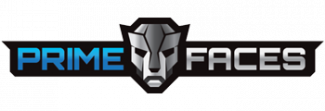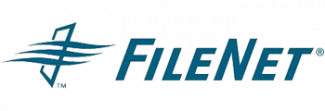BACKGROUND
The digital avalanche is transforming cultural institutions. Innovation deconstructs long-standing arrangements like the museum’s physical space and creates new ones. To embrace technological change existing organizational structures must adapt quickly or run the risk of being marginalized. Shrinking budgets coupled with technological needs do not make the work of museums, libraries, and archives any easier. Nor is, confronting Millennials and post-Millennials who are accustomed to having immersive digital experiences and access to data ‘right here and now’. And still, irrespective of demographics and budget constraints, the billions of smartphones and tablets are turning us all into new consumers of knowledge. Cultural institutions must then begin to ask: What must we change in the digital sphere to attract more eyeballs and what does this entail for our physical collections and archives?
OUR SOLUTION
The National Monuments Archive opted for a pan-institutional approach, amassing Greece’s heritage under one digital roof. NMA is responsible for over 650,000 movable artefacts and its stated goal is to make the collections of over 200 museums, spanning five millennia and ranging from vases and fibulas to statues and frescoes, more relevant to society. Our mandate is to combine digitized resources from museums within a single information system that allows the needs of multiple audiences and users. To succeed, IKH is focusing on a few principles that have been tested and used in past cases or have been formulated through extensive interviews with NMA:
- Digitize the movable artefacts and make them accessible in a responsive and intuitive manner through a wider range of electronic and mobile devices.
- Support web APIs and provide access that spans geographies and institutions like in the case of Europeana – the European Union’s digital archive that captures and displays our continent’s cultural heritage.
- Enhance the site’s visitor experience, engage and involve an international audience through state-of-the-art functionality.
- Empower the work of art custodians, curators, and conservators with a single pan-institutional information system where the safeguarding, monitoring, controlling, and conserving of the Greek cultural heritage takes place.
- Open the vast cultural resources and provide opportunities for citizen engagement and lifelong learning.



